Of Medicine and Marshes: UChicago Video to Feature MBL Collaborations

A team from UChicago Medicine is in the midst of making a video about research collaborations between MBL’s Mitchell Sogin and UChicago's Eugene Chang, an expert on host-microbe interactions in the human digestive tract and related diseases. Sogin is an innovator in identifying microbial populations -- whether they be from the ocean or from the gut -- through genetic sequencing strategies.
Currently, Sogin and Chang are exploring microbiome dynamics in patients with pouchitis, a model for ulcerative colitis, among other initiatives.
Here are a few snapshots from the team's Woods Hole video shoot, which highlighted MBL’s strengths in understanding microbial communities in all kinds of environments, from deep ocean to coastal soil, inside marine organisms or in the human body.
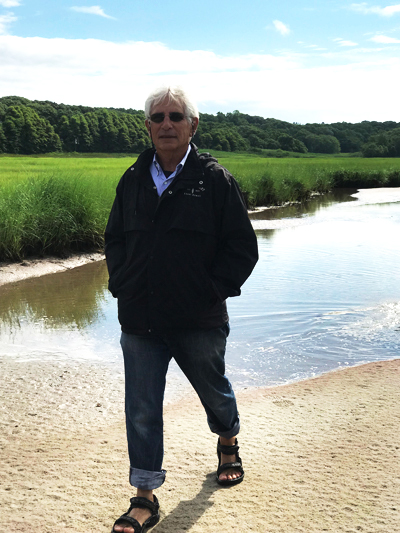
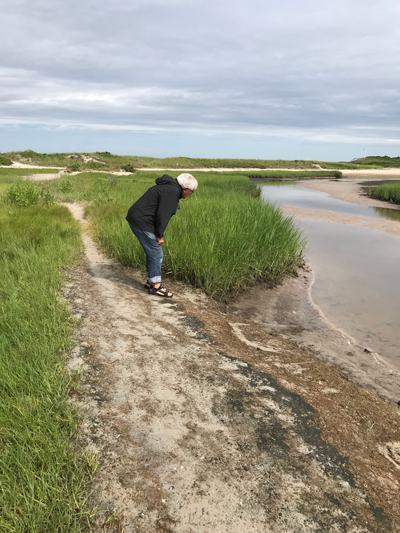
(Above) Mitchell Sogin leads the crew through Little Sippewissett Marsh in Falmouth, a popular field site for microbial ecology studies at MBL. "These marshes are just gorgeous places,” says Sogin, Distinguished Senior Scientist in the MBL’s Bay Paul Center, which he founded in 1996.
In one of Sogin's collaborative studies at Little Sippewissett Marsh, the team discovered subtle, seasonal shifts in a microbe that is widely distributed on Earth (SAR11).
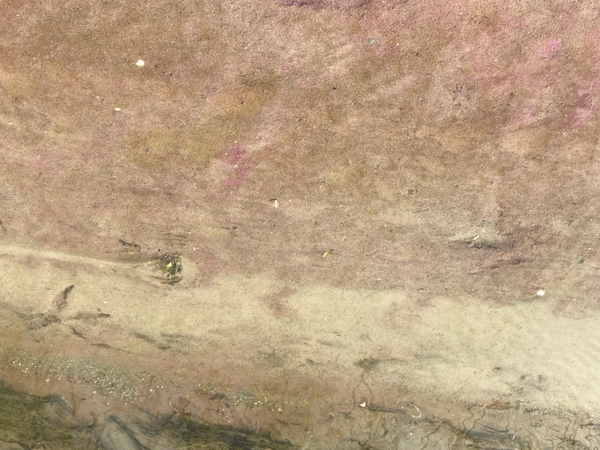
(Above) Ribbons of purplish-pink and gray in the saltmarsh soil indicate layers of microbial communities. “The communities orient according to the amount of oxygen in the sediment,” Sogin says. “The deeper you go, the less oxygen there is. The microbes know exactly where to go, where to grow.” The purplish streaks here are Chromatium, a purple photosynthetic sulfur bacteria.
“During the summer, the marsh was dominated by equatorial strains of SAR11 and during the winter it was dominated by strains you would find in the Arctic. It’s really quite stunning, the biogeography in terms of transport of these organisms,” Sogin says.
The video crew also visited the Microbial Diversity course in Loeb Laboratory. In this intense, world-renown course, students learn how to discover, cultivate, and isolate diverse microorganisms, some obtained (and some newly discovered) from sites in and around Woods Hole.
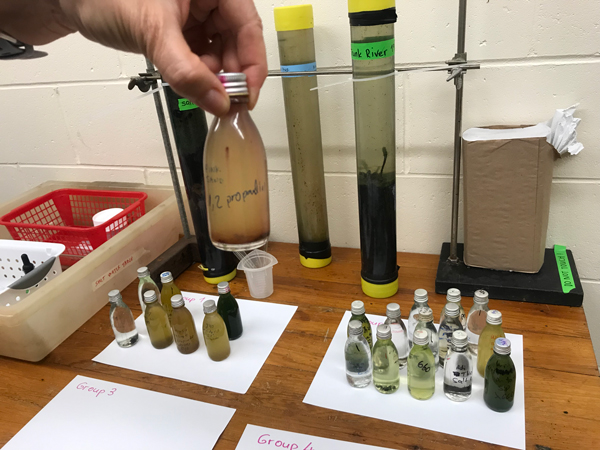
At right, core samples of soil from various field sites (tall bottles) and isolated microbial species (small bottles) in the Microbial Diversity course’s seawater room. “I call this room ‘Our Garden,’” says course coordinator Gabriela Kovacikova of Dartmouth College. “We take a small sample from the core, try to cultivate (microbes) from it, try to enrich for the bacteria of interest. We feed them different chemicals to see what grows. I think this (room) is the most exciting place on earth!”
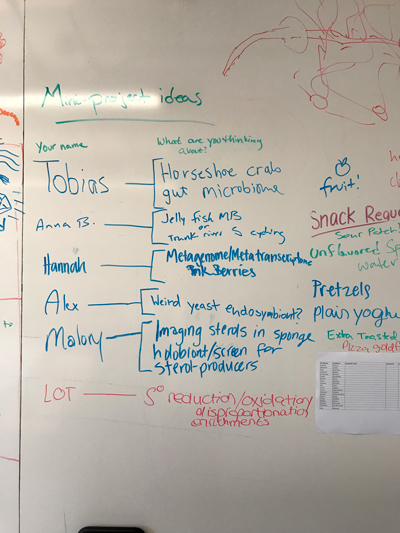
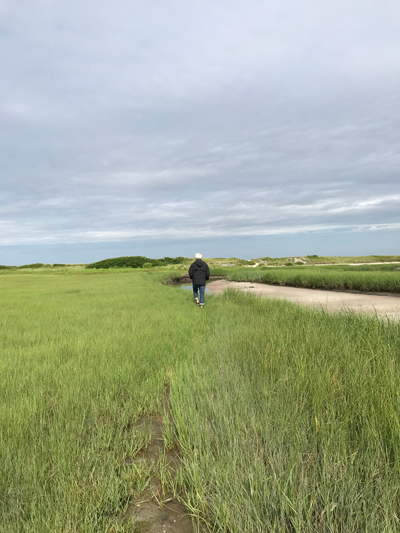
All Microbial Diversity students carry out research projects, which can lead to post-course collaborations and publications. This list of project ideas in the course’s break room spans topics from the microbiomes of jellyfish and horseshoe crabs to pink microbial consortia (“pink berries”) from Great and Little Sippewissett salt marshes.
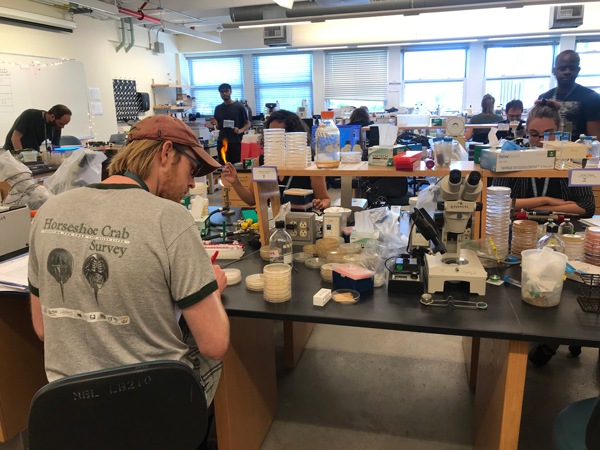
In 2019, the Microbial Diversity course was co-directed by George O’Toole of Dartmouth College and Rachel Whitaker of University of Illinois.
Stay tuned for the video's release!